Serbia

One of Europe’s great rivers, the Danube, gracefully meanders through the picturesque landscape of Serbia, leaving an enduring impression on the geography and culture of the nation.
The Danube, which flows through Serbia for 588 kilometres, always influenced the country’s history and served as an inspiration to many generations. It offers a mesmerising combination of historical significance and natural beauty, enticing both locals and tourists to explore its picturesque shoreline, mediaeval strongholds, and charming riverside towns.
The Danube in Serbia is a representation of the natural beauty and the continuing character of this intriguing European country, whether one is taking a leisurely cruise, strolling the promenades along the riverbank, or studying the rich cultural legacy that stretches down its banks.
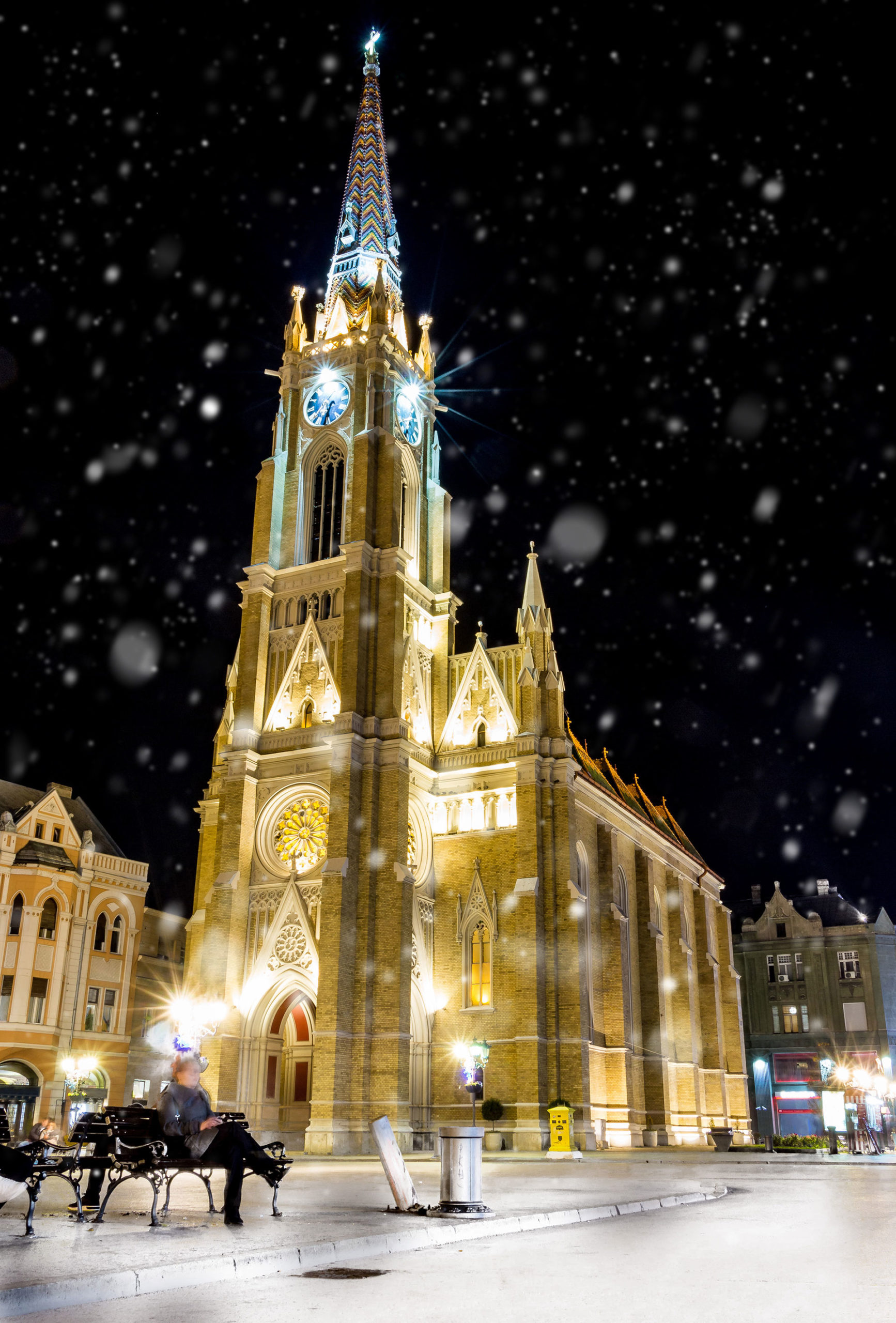
Photo: Aleksandar Milutinović
Photo: Shutterstock
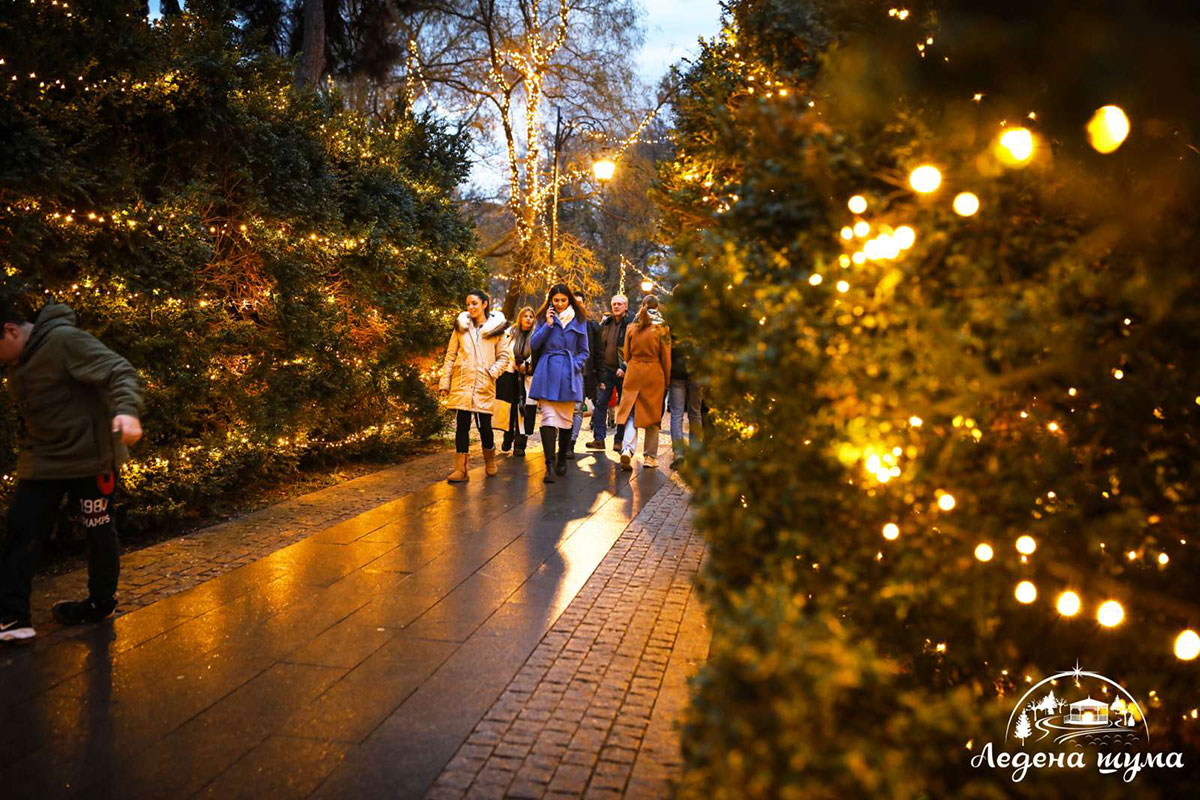
Winter Festivities by the Danube
In the Danube region of Serbia, Christmas is celebrated with a delightful fusion of tradition, spirituality, and communal warmth. The festive season kicks off with the decoration of homes and the lighting of Advent candles, creating a cozy atmosphere that permeates the charming towns along the Danube.
Christmas Eve, known as “Badnji Dan,” holds special significance. Families gather for a ceremonial meal that often includes various fish dishes, beans, and homemade pastries. A notable tradition involves the burning of the “Badnjak,” a carefully selected oak log symbolizing the yule log, bringing a sense of ritual and symbolism to the occasion. This act is accompanied by well-wishing and prayers for prosperity and good fortune.
Midnight Mass is a pivotal moment, drawing communities together in celebration of the holiday’s religious significance. After the service, families return home to indulge in a lavish Christmas feast featuring roast pork, sarma (cabbage rolls filled with a delicious mixture of minced meat and rice.), and a delightful array of festive sweets.
In the Danube region, the Christmas spirit extends beyond individual households. Carollers, known as “koledari,” traverse the towns, singing traditional songs and spreading joy to neighbours and friends. The banks of the Danube come alive with the spirit of the season, creating a unique blend of tradition, community, and the serene beauty of the river that characterizes Christmas in this enchanting part of Serbia.

Photo: Andrej Nihil
Traditional tastes of Christmas
In the Danube region of Serbia, Christmas is celebrated with a feast that reflects the rich culinary heritage of the area. Traditional Christmas dishes in this region often include a variety of hearty and flavourful options.
One staple is fish, symbolizing a meatless Christmas Eve. Carp is a popular choice and is prepared in various ways, such as being fried or baked. Accompanying the fish, you’ll find traditional side dishes like beans and sarma.
Roast pork takes center stage on Christmas Day, served alongside a medley of roasted vegetables, potatoes, and other festive trimmings. The pork is often seasoned with aromatic spices, creating a mouthwatering centerpiece for the holiday table.
No Christmas celebration is complete without an array of delightful sweets. Walnut and poppy seed rolls, known as “orehnjača” and “makovnjača” respectively, are popular choices. These sweet bread rolls are filled with a rich mixture of nuts or poppy seeds, sugar, and sometimes honey, creating a sweet and satisfying treat.
Additionally, Serbian households often indulge in a variety of cookies and desserts like “kiflice” (crescent-shaped cookies), “vanilice” (vanilla cookies), and “medenjaci” (honey cookies) during the festive season.
The combination of these savory and sweet dishes reflects the warmth and tradition of Christmas in the Danube region, offering a culinary journey that is both delicious and culturally significant.
“Česnica” holds a special place in Serbian Christmas traditions, especially in the Danube region. This festive bread, prepared and shared on Christmas Day, is more than just a culinary delight – it carries symbolic significance. The name “česnica” is derived from the word “čest,” meaning share or distribute.
Prepared from wheat flour, the dough is carefully kneaded and shaped into a round form. What makes Česnica unique is the inclusion of a hidden coin or small trinket within the dough before baking. This object symbolizes good fortune and prosperity for the person who discovers it in their slice.
During the Christmas Day celebrations, the family gathers around the table to break the Česnica. The head of the household traditionally makes the first cut, followed by specific rituals like three crosses made with the knife, symbolizing the Holy Trinity. Each family member then receives a slice, and the person who finds the coin is believed to be blessed with luck in the upcoming year.
Beyond its delicious taste, Česnica embodies the spirit of togetherness and the sharing of blessings during the festive season, making it a cherished part of Serbian Christmas customs.
Belgrade

Hospitable, adventurous, traditional and cosmopolitan, Belgrade welcomes you with mesmerizing smile. Once you experience all that winter has to offer in Belgrade, it may become your new favorite holiday destination.
Festive atmosphere in the city lasts throughout winter. Visit Belgrade and enjoy traditional New Year’s events, Belgrade Winter, Open Heart Street, Winter Fairytale and many other.
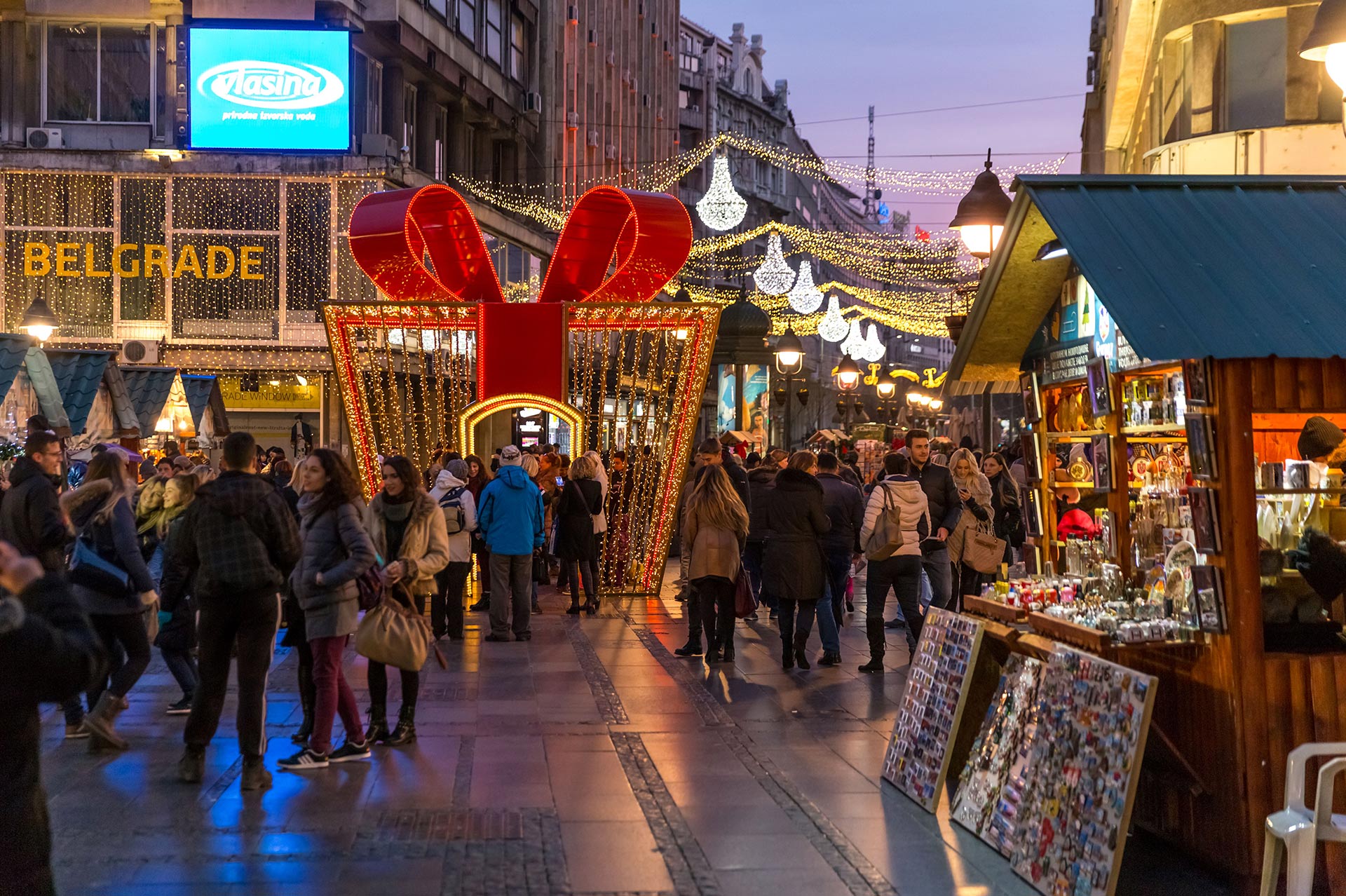
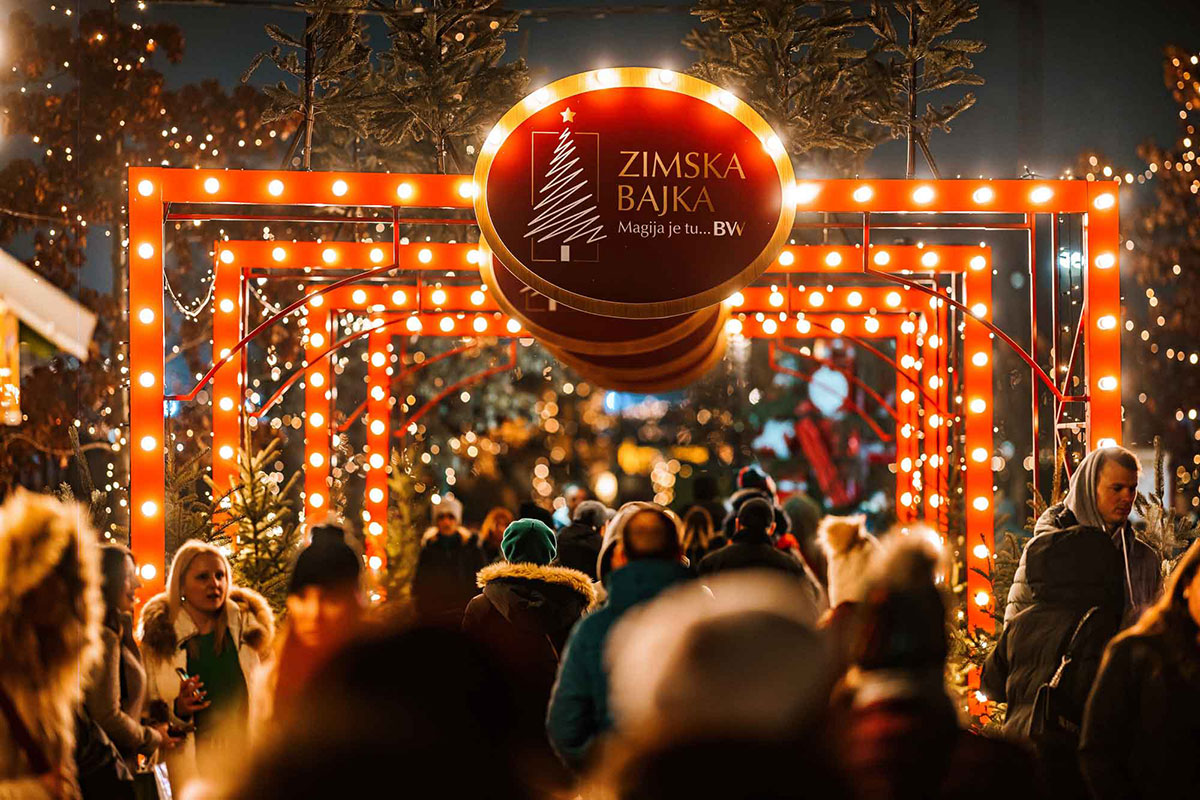
Winter Fairytale in the Sava Park
It’s time for Magic! Winter brings us a festive mood, moments spent with loved ones, the spirit of giving and an atmosphere of love. Accordingly, this year, Belgrade will once again host Winter Fairytale – the first winter festival of its kind in the city, which will enrich the lives of visitors for the entire 30 days, celebrating the most beautiful and romantic time of the year. Under the slogan “Magic is here!”, the Sava Park in Belgrade Waterfront from 8th December until 8th of January is a place from fairytales and dreams, offering visitors the opportunity to enjoy their favourite music and diverse gastronomy and socialise with family and friends.

Food – Culinary paradise
Belgrade’s gastronomic scene is a powerful blend of Oriental, European, Mediterranean, and local Balkan cuisines, which means – you will not go hungry in Belgrade. Serbian cuisine is piquant and spicy and includes plenty of meat, vegetables, dough and dairy products. Specialties you should not miss while in Belgrade are: burek, gibanica, all kinds of grilled meat, roast, Karađorđe’s schnitzel, sarma, stew, ratatouille, moussaka, mućkalica (mixed grilled meat), pork cracklings, kajmak, prosciutto, ajvar etc. Drinking coffee is considered a ritual and a centuries-old tradition in Belgrade, so do not miss to try homemade coffee with sweets such as plum dumplings, orasnice (cookies with nuts), Reforma cake, Vasa’s cake, vanilice (vanilla cookies), pumpkin pie, urmašice (coconut short bread in honey syrup), baklava etc.
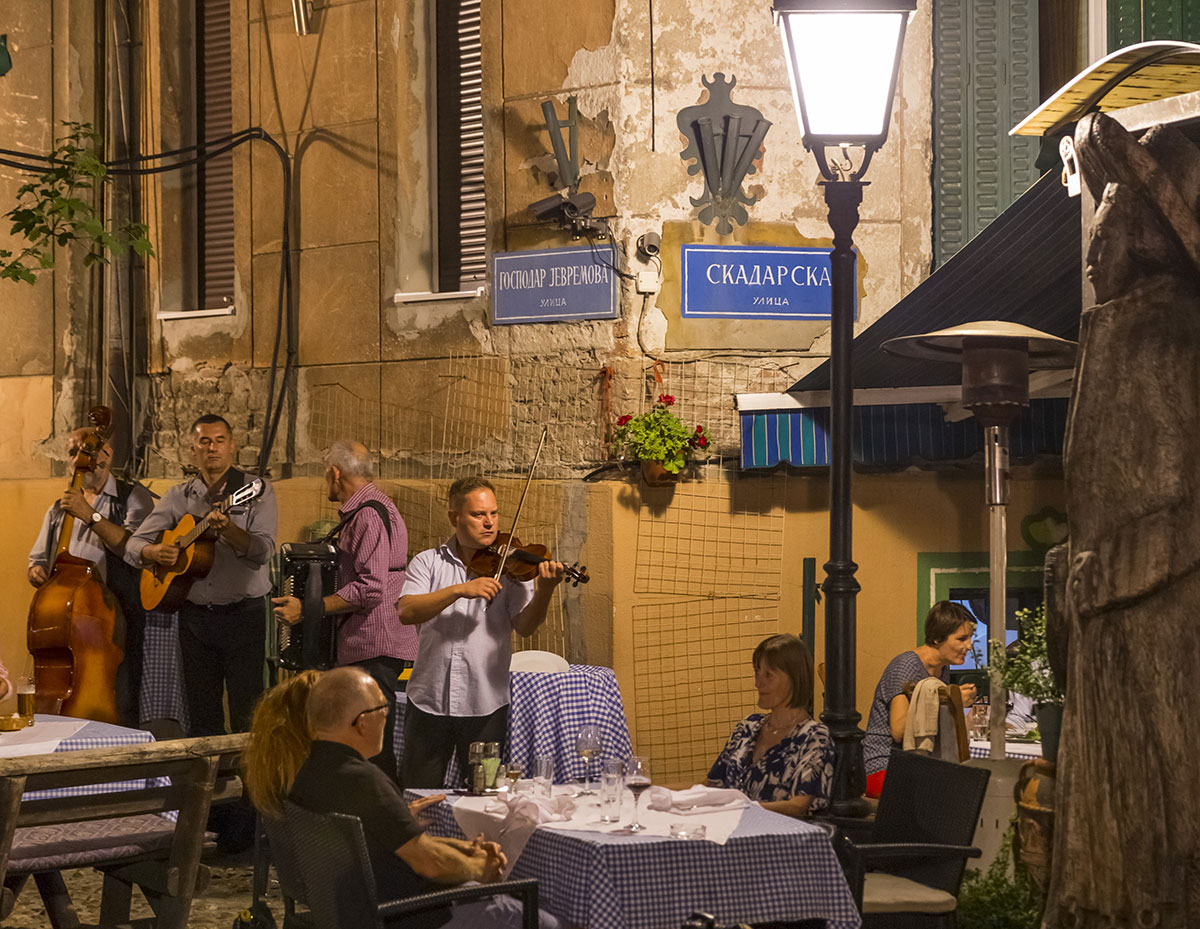
Skadarlija – Bohemian charm
The charm of Belgrade nights is in its prime in Skadarska Street, leaving no one indifferent. Only 500 meters long, this bohemian street has the atmosphere of Athens’ Pláka or Parisian Montmartre. Citizens of Belgrade made Skadarlija the center of bohemian life. Some of the oldest kafanas, Tri sesira, Dva jelena and Ima dana, are located right in this street, whose cobblestones keeps track of the footsteps of famous actors, poets, writers, journalists and painters who stayed up late for delicacies and rakia and wine.

Street of Open Heart
Traditionally, on January the 1st, in Svetogorska and Makedonska streets, at noon, Belgradians and guests meet at the Open Heart Street to celebrate the first day of the New Year! The biggest part of the program is dedicated to children, while elder enjoy in boiled vine and rakia!